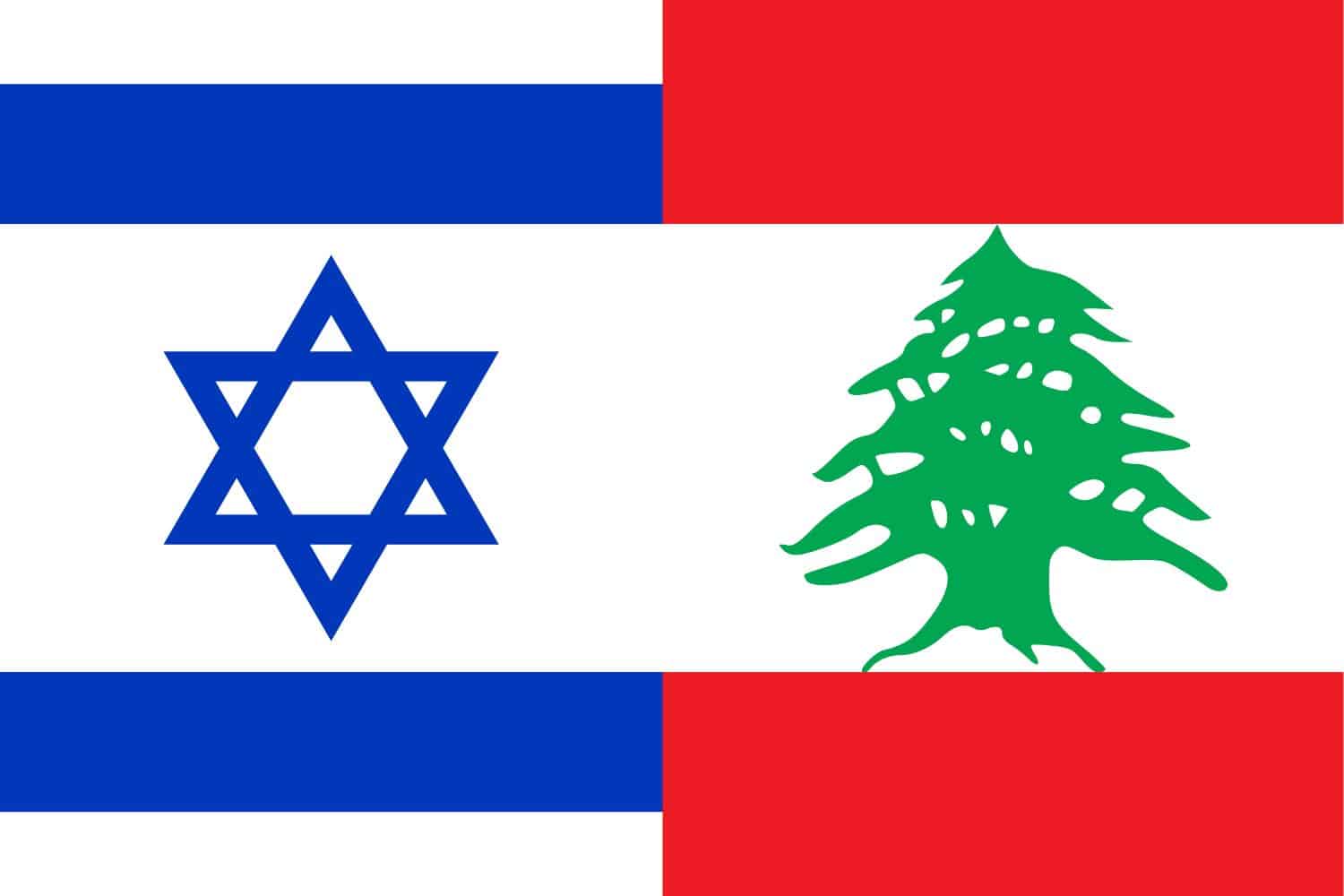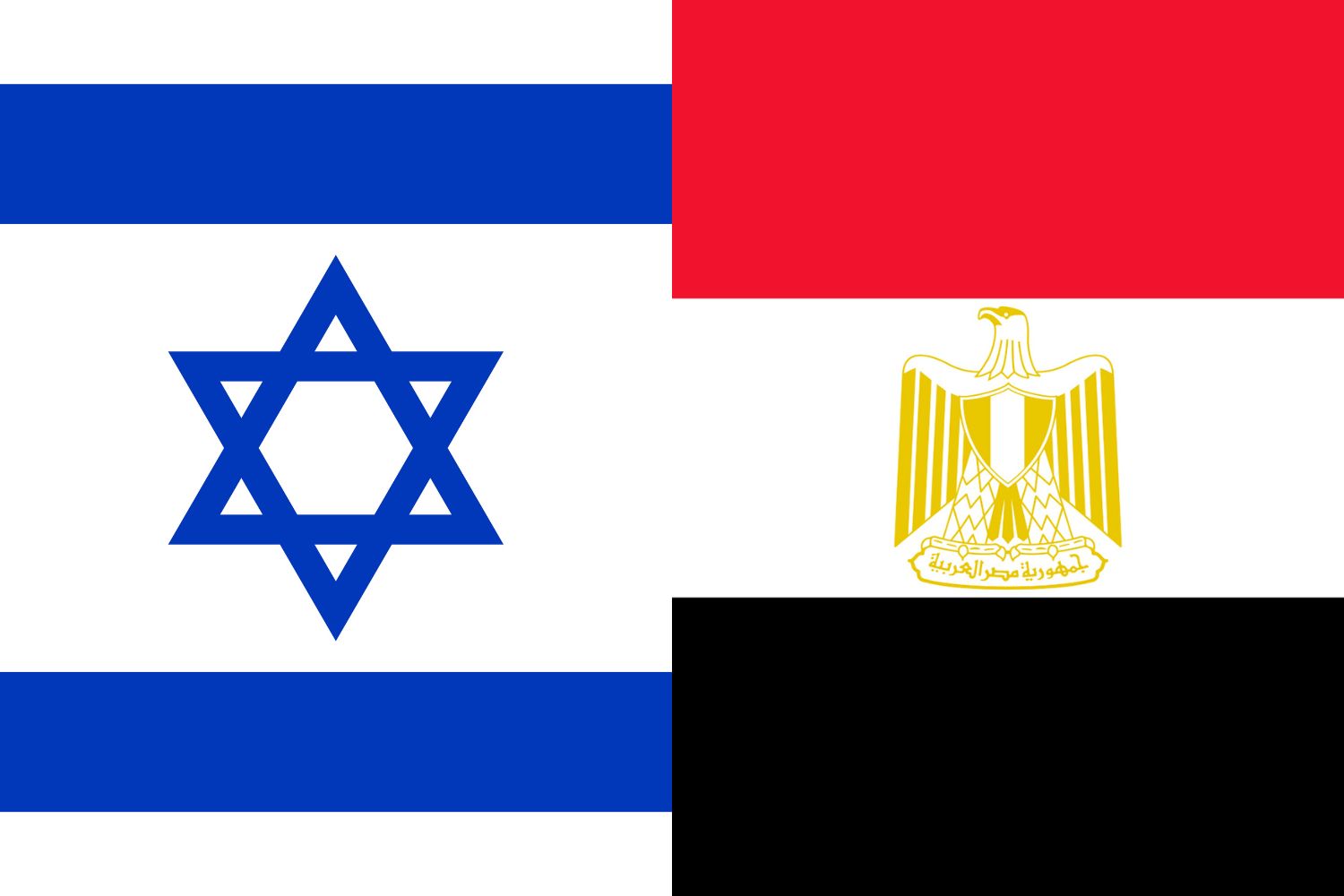Table of Contents
The Israeli flag, also known as the flag of Israel, holds a significant place in the nation’s history and culture. With its distinctive colors and meaningful symbolism, it represents the Israeli identity and heritage. In this article, we will delve into the intriguing aspects of the Israel flag, its design, historical background, and the symbolism behind its elements.
The Israel flag features a blue Star of David between two horizontal blue stripes near the top and bottom on a white field. The blue color symbolizes the traditional Jewish prayer shawl, known as the tallit, while the white represents purity and peace. The Star of David is a recognized symbol of Judaism and holds historical significance in Israeli culture.
Israel Flag: Colors and Symbolism
- The flag of Israel features a blue Star of David between two horizontal blue stripes near the top and bottom on a white field.
- The blue color symbolizes tradition, reminiscent of the Jewish prayer shawl, and the bond between the State of Israel and the Jewish people.
- The white color represents purity, peace, and aspirations for a brighter future.
- The Star of David, a central emblem in the flag, holds historical and cultural significance in Israeli tradition.
- The flag’s design reflects the nation’s aspirations, cultural heritage, and unity among the Israeli people.
Flag of Israel

The flag stands as a powerful symbol that encapsulates the cultural significance and spirit of the nation. Its design consists of a blue Star of David (Magen David) between two horizontal blue stripes near the top and bottom edges of a white field. The blue color symbolizes loyalty, truth, and the spiritual dimensions of Judaism, drawing inspiration from the traditional Jewish prayer shawl. The white color represents purity and peace. The Star of David, a well-known Jewish symbol, holds historical and cultural significance, representing both the ancient heritage and modern identity of the Jewish people.
The history of the flag is intertwined with Israel’s rich heritage and the Zionist movement. Adopted on October 28, 1948, the flag represents the unity and aspirations of the Israeli people.
Beyond its aesthetics, the flag from Israel carries deep symbolic meanings. The colors reflect the values and aspirations of the Israeli people, symbolizing loyalty, purity, and peace. The Star of David represents the Jewish identity and tradition. It embodies Israel’s cultural heritage and serves as a reminder of the nation’s resilience and unity.
National Flag Etiquette and Protocol

Respecting the proper usage and display of the Israeli flag is of utmost importance. Understanding flag etiquette is essential, especially during national events and ceremonies. Learn about the protocols governing the handling, hoisting, and lowering of the flag. Discover the appropriate procedures for retiring or handling damaged flags, ensuring they are accorded the respect they deserve.
- Proper Handling: The Israeli flag should be handled with care and respect, ensuring it is not allowed to touch the ground or floor. It should be held upright and not dragged.
- Hoisting and Lowering: When hoisting the flag, it should be raised briskly and lowered ceremoniously. It is customary to hoist the flag at sunrise and lower it at sunset, although this may vary depending on the occasion or specific guidelines.
- Displaying the Flag: The Israeli flag should be displayed with the blue stripes at the top and bottom and the Star of David centered. It should be flown freely and not entangled or obstructed.
- Half-Staff: Lowering the flag to half-staff is a gesture of mourning or respect. This should be done on specific days of remembrance or when directed by authorities to honor national tragedies or the passing of significant figures.
- Flag Retirement: When an Israeli flag becomes damaged, torn, or worn out, it should be retired in a dignified manner. This can involve burning it in a respectful and solemn ceremony, following appropriate guidelines and local regulations.
- Flag Size and Placement: The size of the Israeli flag displayed should be proportionate to the size of the flagpole or display area. It is recommended to consult local guidelines or authorities for specific rules regarding flag size and placement.
- Respectful Disposal: If a flag cannot be retired through burning, it should be disposed of in a respectful manner. This can involve burying it or handing it over to authorized organizations that specialize in flag disposal.
Interesting Facts and Trivia

Embark on a journey of fascinating facts and lesser-known trivia about the Israeli flag. Discover unique features within the flag’s design that hold hidden symbolism. Uncover stories of famous incidents or events involving the flag that have left an indelible mark on the nation’s history and identity.
Rich Tapestry of History
- 1948: The current flag of Israel is adopted on October 28, symbolizing the reestablishment of the Jewish homeland and the aspirations of the Israeli people.
- Colors and Symbolism: The blue color represents the traditional Jewish prayer shawl, the tallit, as well as the sky and the ocean, while the white color symbolizes purity, peace, and light.
- Star of David: The star in the center of the flag represents the Star of David, a widely recognized symbol of Jewish identity and heritage.
- National Identity: The flag embodies Israel’s rich history, cultural heritage, and the nation’s ongoing pursuit of peace, prosperity, and innovation.
These historical facts highlight significant moments in the history of the Israeli flag, showcasing its role in shaping Israel’s national identity and symbolizing its struggles and aspirations throughout the years.
Flag-Related Symbols and Emblems
A flag is not alone in representing the nation’s identity. Explore additional national symbols and emblems closely associated with Israel, understanding their significance and how they relate to the flag. Delve into their historical and cultural roots, further enriching your understanding of Israel’s heritage. It’s easy to travel and make an Israel tour to visit the country’s best destinations.
Symbolisms of the Israel Flag
The flag of Israel holds several symbolic elements that represent the nation’s history, values, and aspirations. Here are the symbolisms of the Israel flag presented in itemized form:
- Blue Stripes: Represent the traditional Jewish prayer shawl, the tallit, which is white with blue stripes.
- Star of David (Magen David): A recognized symbol of Judaism and Jewish identity, symbolizing protection and divine representation.
- Flag’s Design: Reflects Israel’s aspirations, cultural heritage, and unity among the Israeli people.
- National Identity: The flag serves as a powerful symbol that unifies the Israeli people, reminding them of their shared heritage and cultural identity.
- National Aspirations: Through its design and elements, the flag embodies the aspirations and values of the Israeli nation, including faith, perseverance, and the longing for peace.
These symbolisms in the flag contribute to the country’s sense of identity and pride, reflecting its historical journey and cultural significance.
Flags of Similar Countries or Regions
Examining the flags of neighboring countries or regions can provide intriguing insights. Compare and contrast the flags, exploring similarities in design, colors, or symbolism. Uncover historical and cultural connections between flags, shedding light on shared influences or distinctive identities.
Israeli Flag vs Lebanese Flag

Similarity: Both flags feature a white field.
Difference: The Lebanese flag includes a green cedar tree in the center.
Israeli Flag vs Jordanian Flag

Similarity: Both flags feature a horizontal stripe design.
Difference: The Jordanian flag includes a white seven-pointed star in the hoist-side triangle and a broad black stripe on the fly side.
Israeli Flag vs Egyptian Flag

Similarity: Both flags feature a horizontal stripe design.
Difference: The Egyptian flag includes a golden eagle of Saladin in the center white stripe.
Israeli Flag vs Syrian Flag

Similarity: Both flags feature a horizontal stripe design.
Difference: The Syrian flag includes two green stars in the center white stripe.
Israeli Flag vs Palestinian Flag

Similarity: Both flags use a combination of blue and white colors (Israeli) and black, white, green, and red colors (Palestinian).
Difference: The Palestinian flag includes a black, white, and green tricolor with a red triangle on the hoist side.
Frequently Asked Questions (FAQs)
Discover answers to common questions related to the Israel flag picture. From its historical origins to the symbolism behind its elements, find concise and informative responses that address inquiries commonly posed by those curious about Israel’s flag.
What do the colors on the Israeli flag represent?
The blue and white colors are said to be inspired by the traditional Jewish prayer shawl, known as the tallit, which is white with blue stripes.
What does the Star of David (Magen David) on the flag symbolize?
The Star of David is a widely recognized symbol of Judaism. Its exact origins and meanings are debated, but it has been associated with the Jewish people for centuries.
When was the Israeli flag officially adopted?
The flag was officially adopted on October 28, 1948, shortly after the establishment of the State of Israel.
Who designed the Israeli flag?
The design of the flag was influenced by the flag of the Zionist movement, which was introduced in 1897 at the First Zionist Congress in Basel.
Are there any specific regulations about the flag’s proportions or the shade of blue used?
Yes, the official proportions of the flag are 8:11, and the specific shade of blue, while not universally standardized, is generally a dark sky blue.
How is the flag used during national mourning periods?
During periods of national mourning, it’s customary to lower the flag to half-mast as a sign of respect and grief.
Has the design of the flag ever changed?
No, the design has remained consistent since its official adoption in 1948.
Is it true that the flag was banned in some countries?
Yes, in some countries, particularly in the Middle East, displaying the Israeli flag has been or is prohibited due to political conflicts.
Where can the Israeli flag be seen flying within the country?
The flag can be seen at government buildings, educational institutions, public squares, and private residences, especially during national holidays.
What are the official occasions when the flag is raised?
The flag is raised on various national holidays, including Independence Day, Jerusalem Day, and during official state ceremonies.
More About Israel
[the-post-grid id=”50376″ title=”Israel Main page”]
